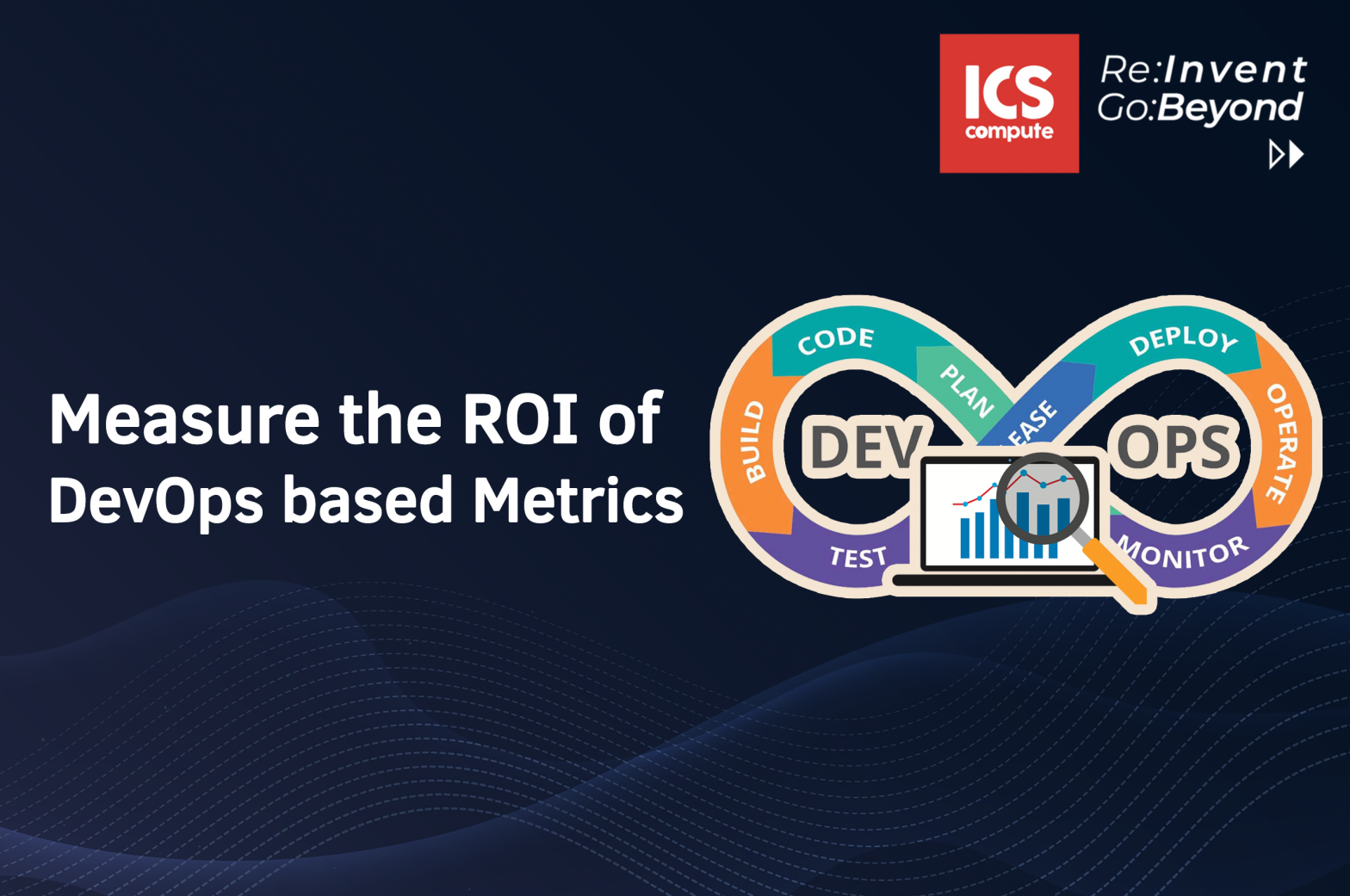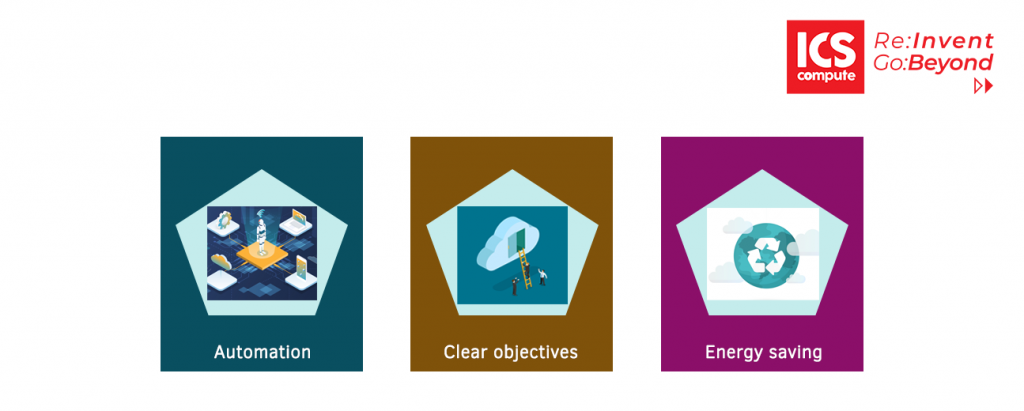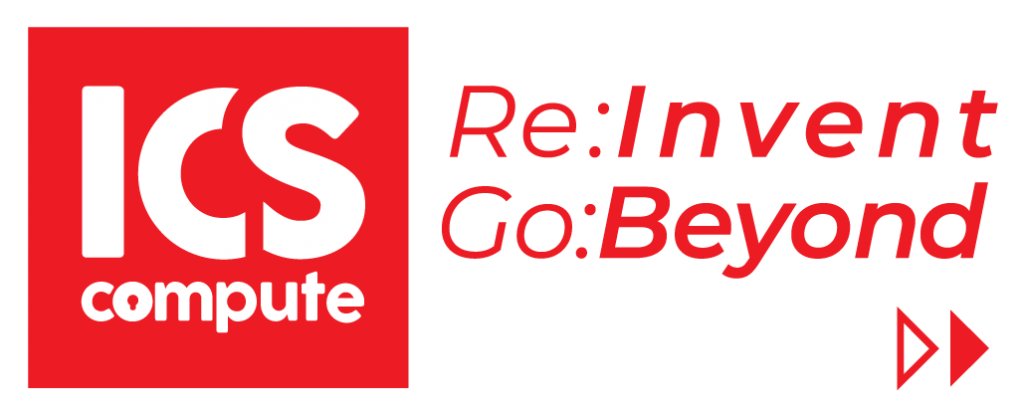Measure the ROI of DevOps-based Metrics

The DevOps methodology starts with an evolution of your internal organization. Indeed the first thing about DevOps is the collaboration between developers and the operation team. Thanks to better communication within your team and common objectives between Ops and Devs, you will:
– Save time on incident resolution.
– Launch new features faster.
– Reduce risks through process automation.
– Significantly increase the satisfaction of your customers, and your developers at the same time.
Productivity
The first point to highlight when a company switches to a DevOps organization is the speed of production. According to a study, DevOps leads to 30 times more deployments made for 60 times fewer incidents (downtime reduction), and 440 times less time to deliver (more fluid development experience). Therefore it is undeniable that DevOps will bring great impact for your business.
These metrics could help you measure your productivity in achieving your goal. For example, if you could integrate continuous data with DevOps deployment process, you could save 2 hours time in integrating your system and production deployment. Your developer could automatically monitor the DevOps job features in your company. Not only could you save time, but also you could optimize your investment in hardware and DevOps tools.
Downtime
In addition to this loss of money due to the lack of sales, human costs must also be taken into account. According to the same study, 35% of respondents said they had to spend 1 to 12 hours of working time to repair production incidents.
You should, therefore, calculate the average loss of revenue for your company for X minutes of downtime, then look at last year how long in total your software was down. And then add the total human time cost of incident repair. It will be part of the Current value of Investment since it will increase the turnover thanks to a stable infrastructure. Be aware that having 0 downtimes is difficult to reach. Even Google has an objective of 99,99% availability of the service. Set an objective of availability and leave this error margin in the calculation.
Maximize your DevOps ROI

Automation
Some people directly wash the dishes when they are dirty and some other stock until they don’t have any clean dishes and then clean them all. None of the two techniques is truly efficient because it is not the optimal batch size. So imagined DevOps as a Dishwasher utopia where:
– Dishes never pile up.
– Dishes are cleaned as soon as they are dirtied.
– We never worry about the effort required to clean dishes.
– We don’t need to optimize the number of dishes to be cleaned at a time.
– Dishwashing becomes an invisible and automatic process that frees us to focus on other things.
This corresponds to:
– A team that delivers small chunks of work very frequently.
– A reliable, scalable Continuous Integration (CI) system to test every new code automatically.
– Automated tests that are reliable and have sufficient coverage.
– A Continuous Delivery (CD) system that automatically gets new code running in production.
– A scalable infrastructure.
– A team of Developers and Ops who collaborate effectively.
An automated process allows your developers to focus on the production of new features and reduce the risk of human errors. The automation process is like a dishwasher, while it is running you can do something else and trust that it will be clean at the end.
Clear objectives
Before starting a project, you must define the success criteria . The objective to achieve must absolutely be measurable daily. This is necessary to observe the impact of your actions on the objective clearly. It must also be achievable within the given time and not be too ambitious with the time frame.
For example, one of our clients wanted to reduce the number of manual actions to only one click from the merge to the staging. We measured this KPI every week for 4 weeks to finally reach one click.
Energy saving
We often hear about energy saving in our personal life but it can also be applied in your professional life. Indeed if you have a little traffic at night you can turn off all the environment except the production and reduce the number of clusters on the production environment. Doing that you will save energy but also money. You will see your invoice decrease since you are using less power. It is the advantage of the cloud and scalability. It is then going to reduce your Cost of Investment.
If you have any questions about this article, or DevOps activities please contact our team through sales@icscompute.com or you could contact us through our contact us button on this page.

